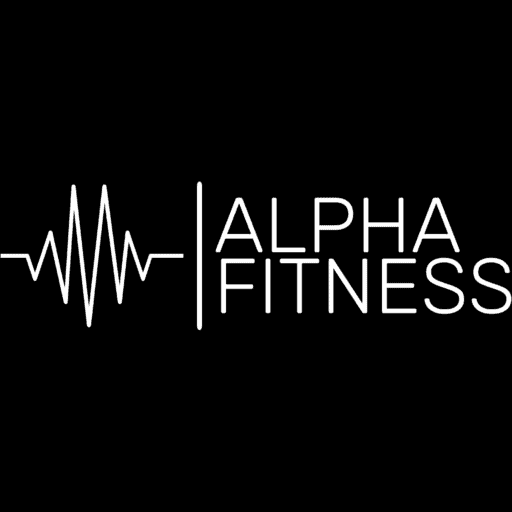
Below is a list of useful links:
- Walking can reduce stress of pandemic disease
- Vitamin C in kivi can boost your immune system
- Walking can reduce stress of pandemic disease
- Peas are a highly beneficial immunity-building food due to their high vitamin C content
- How long does it take to recover from COVID?
Arm swing exercises can be beneficial for individuals recovering from COVID-19, especially if they have experienced breathing difficulties. These exercises can help improve lung function, respiratory muscle strength, and overall cardiovascular fitness. However, the effectiveness of these exercises depends on the severity of the patient’s condition and should be done under the guidance of a healthcare professional. Here’s how arm swing exercises can be helpful:
Respiratory Muscle Training: Arm swing exercises involve rhythmic arm movements, which can help strengthen the respiratory muscles, including the diaphragm and intercostal muscles. Strengthening these muscles can improve breathing efficiency.
Aerobic Conditioning: Arm swing exercises can raise the heart rate and promote aerobic conditioning. Improved cardiovascular fitness can enhance the body’s ability to transport oxygen to tissues, which is essential for overall recovery.
Increased Lung Capacity: Deep and controlled breathing during arm swing exercises can help increase lung capacity. This can be particularly important for individuals who have experienced lung inflammation or scarring due to COVID-19.
Mobilizing Airways: Arm exercises can help mobilize mucus in the airways, making it easier for individuals with respiratory issues to clear their lungs and improve airflow.
Postural Benefits: Proper arm swing exercises often include an emphasis on maintaining an upright posture. This can help individuals with COVID-19-related breathing difficulties to expand their chest and allow for more efficient airflow.
Enhanced Circulation: Improved circulation from arm swing exercises can aid in the transport of oxygen and nutrients throughout the body, supporting the healing process.
It’s crucial to note that the suitability of these exercises should be determined on an individual basis. COVID-19 recovery varies greatly between individuals, and some patients may still experience symptoms and complications even after the acute phase of the illness. Consulting with a healthcare professional or physical therapist is essential before starting any exercise program, as they can provide guidance tailored to the patient’s specific needs and limitations. In some cases, individuals may need to start with gentle, low-impact exercises and gradually progress to more challenging activities as their health improves.



